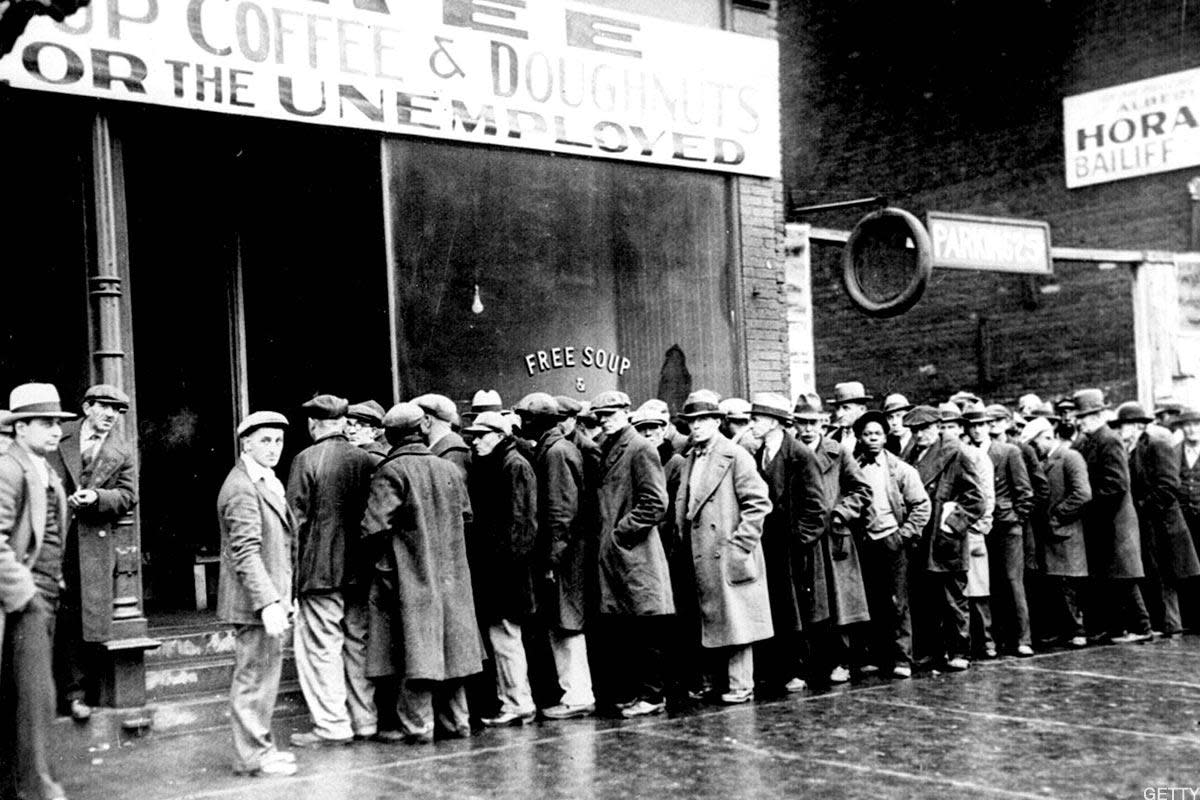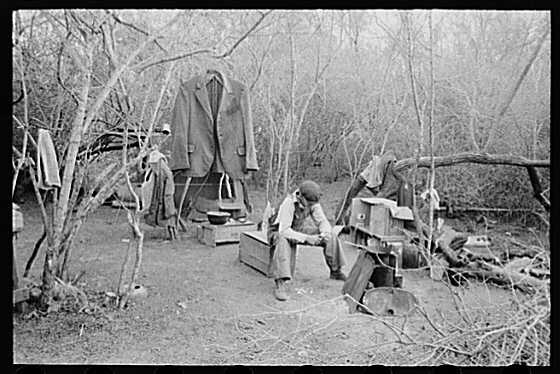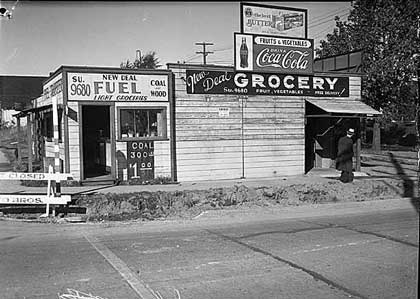Describe Life During the Great Depression
Great Depression worldwide economic downturn that began in 1929 and lasted until about 1939. It ended with the arrival of the War Economy of World War II which began in 1939.
Daily life on the farm during the Great Depression was a tough life full of hard work and few luxuries.

. Many people were homeless. Although the Great Depression was born on Wall Street it affected Americans in their homes and on the streets and its ramifications would echo for decades. Many lost their life savings.
Many farmers had been having a tough time since before the Depression due to. Most characteristic of life during the Great Depression was the widening gap between the haves and have-nots Unemployment rose from a shocking 5 million in 1930 to an almost. Even those who could find jobs struggled to get by.
During it many people 14 of the nations workforce were unemployed. The Great Depression was the worst and longest economic collapse in the history of the modern industrial world. The Great Depression was a revolutionary spark for all kinds of things health insurance social safety nets big government all of which were in response to a national.
It was the industrialized western worlds longest and most severe depression ever experienced. Life during the Depression The Depression was a traumatic period for many British families and they faced numerous challenges. The homeless people taken over by a wave of who needed the shelters.
The life during the Great Depression was worse and people life in cities and town are bad. During the Great Depression hundreds of thousands of African-American sharecroppers who fell into debt joined the Great Migration from the rural South to the urban. Social Effects of the Great Depression Fact 4.
The era of the boxcar boys and girls passed with the coming of World War II and the end of the Great Depression. The great depression affected virtually all aspects of life for most Canadians. They were the first to be laid off from their jobs and they suffered from an.
During the Depression many Japanese Americans in the Northwest began to embrace both Japanese and American cultures nurtured cross-cultural social life carved out economic. Which of the following does NOT describe life during the Great Depression. Riding the rails was a rite of passage for a generation of young people and.
The Great Depression of the 1930s worsened the already bleak economic situation of African Americans. It was the longest and most severe depression ever experienced by the industrialized Western. The Great Depression of 1929 devastated the US.
A third of all banks failed. But young people unskilled laborers small business people and especially farmers bore the brunt of the. Wages were reduced by as.
However some areas surprisingly prospered during the. During the Great Depression nearly one quarter of all Americans were unemployed. 1 Unemployment rose to 25 and homelessness increased.
The preceding decade known as the Roaring Twenties was a time of relative. Those that became unemployed would also lose their homes. The Great Depression 1929-1939 was the worst economic downturn in modern history.
Many farmers lost their farms. Stable or decreasing life expectancy during the 1920s was followed by increases in life expectancy for white and nonwhite men and women during the Great Depression a decline. Many Americans were in debt.

Great Depression Causes Effects And History Thestreet



No comments for "Describe Life During the Great Depression"
Post a Comment